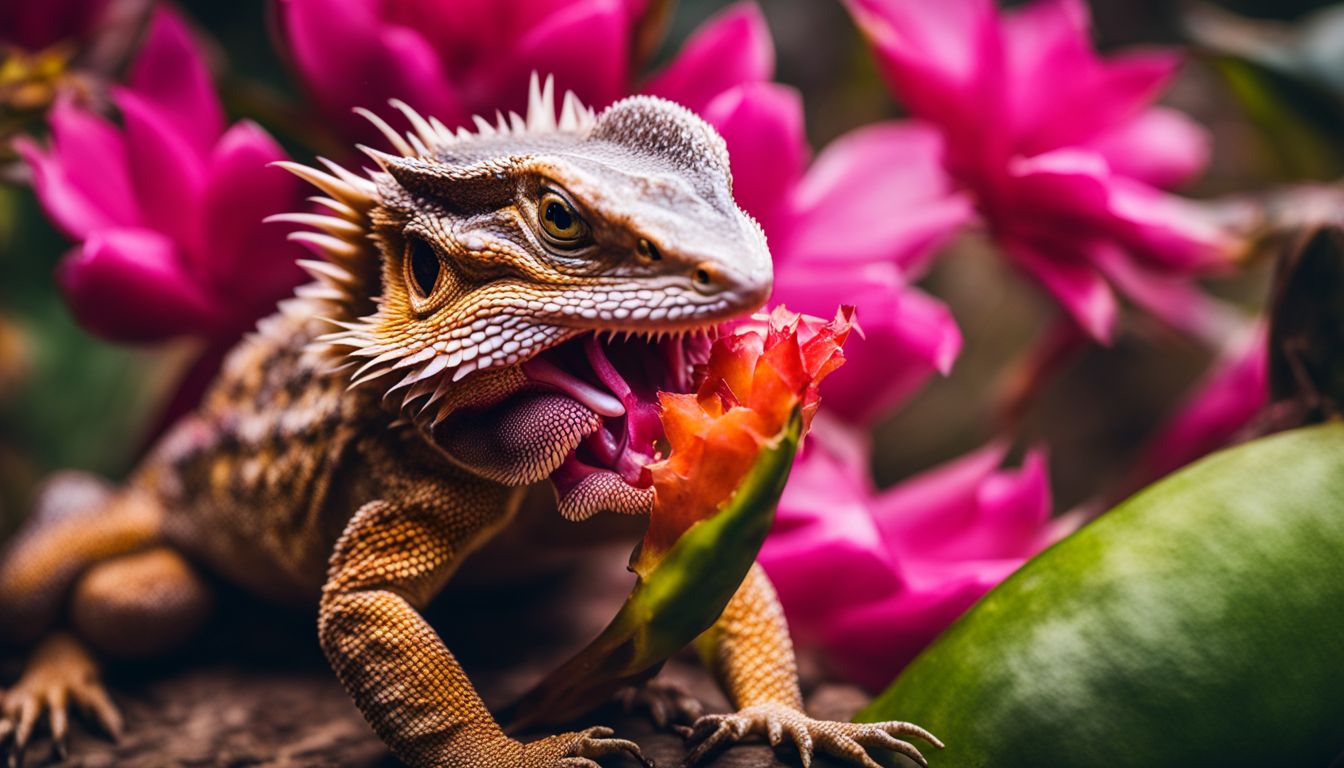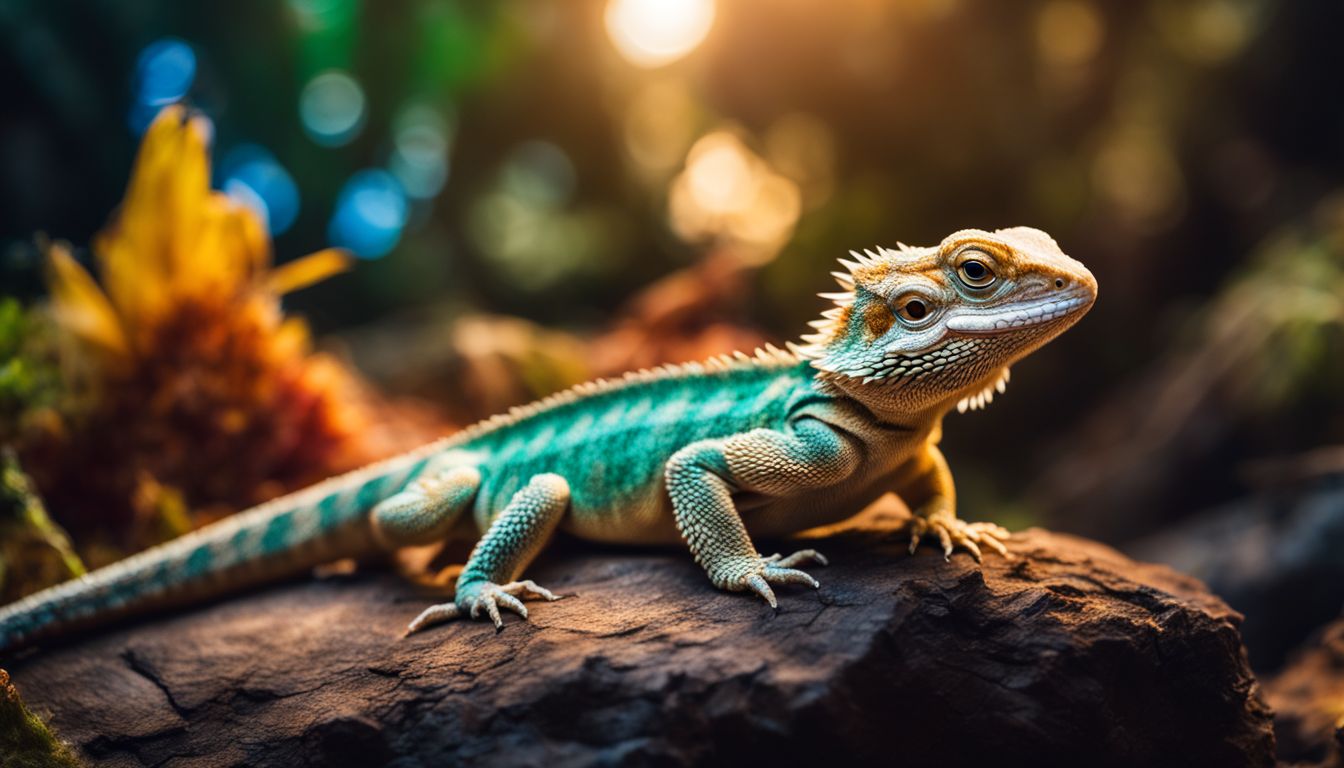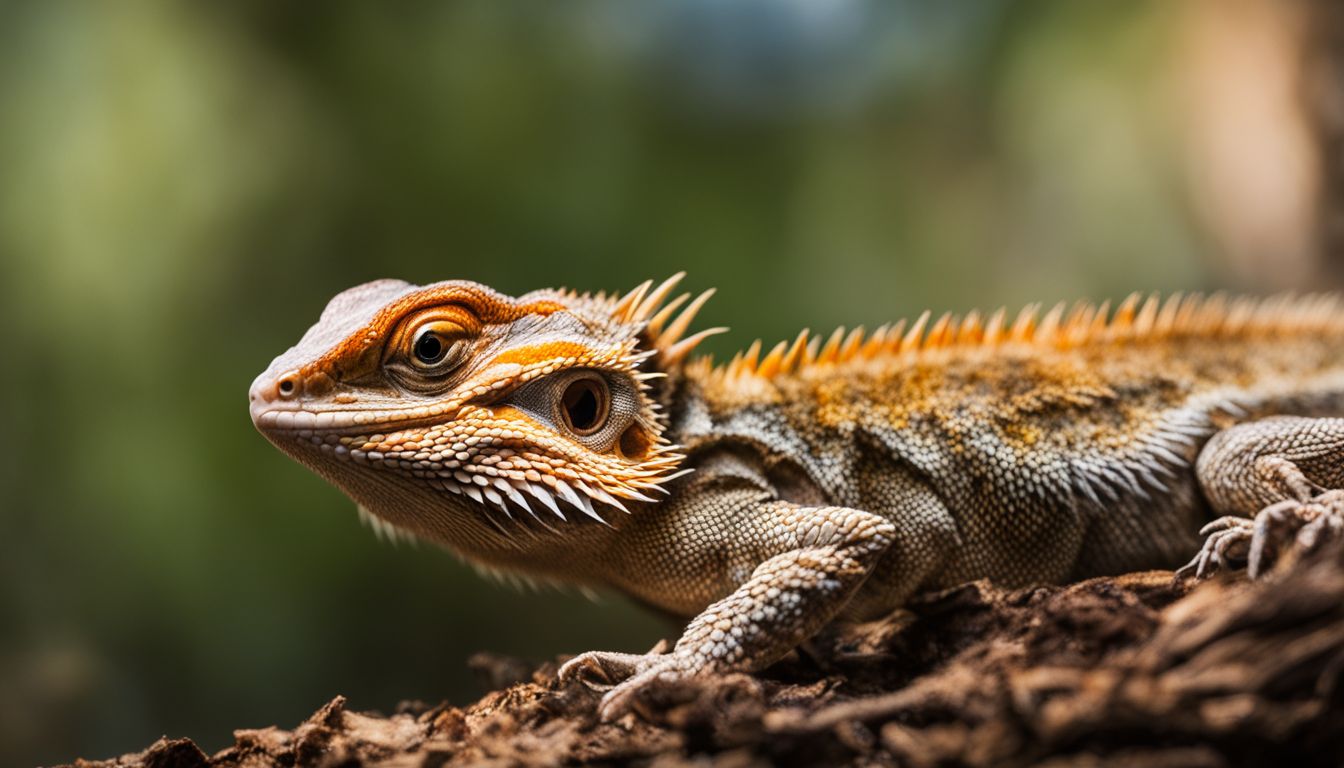Have you ever wondered how spiders manage to move around so effortlessly in the dark? Most people think that these eight-legged creatures have exceptional night vision. In this article, we’ll unravel the mysteries of spider vision and reveal how they truly perceive their nocturnal world.
Keep reading to discover some eye-opening facts!
Key Takeaways
- Spiders have different types of eyes, and some can see in color, while others have limited night vision.
- While most spiders struggle to see in the dark, there are exceptions like jumping spiders and wolf spiders that have remarkable night vision capabilities.
- Spiders rely on touch, vibration, and sense of hearing to navigate and hunt in the dark. They use these sensory adaptations to compensate for their poor night vision.
- Contrary to popular belief, not all spiders see the world in black and white; some species actually perceive a colorful world.
Understanding Spider Eyesight

Spiders have a variety of eye types, with some species having primary and secondary eyes while others may rely more on touch and vibrations to sense their surroundings. The variability in spider eyesight among different species plays a significant role in their hunting and survival strategies.
Types of Spider Eyes
Spiders have many different eyes. These eyes work in special ways to help spiders see.
- Primary Eyes: Some spiders have two big eyes in front. Like the jumping spider, these eyes can see colors and clear pictures. They face forward to spot prey.
- Secondary Eyes: Around the primary eyes are six other smaller eyes. They don’t see as well but help with seeing light and movement.
- Night Vision Eyes: A few spiders, like the net-casting spider, have extra large secondary eyes that glow at night. This helps them see in the dark.
- Fewer Eyes: Not all spiders stick to eight eyes. Some have six or even less, and their vision varies a lot.
- Nocturnal Eyes: Spiders that hunt at night often have a tapetum lucidum in their eyes. This is like a mirror that makes their eyes shine and helps them use light better in the dark.
Vision Variability Among Species
Not all spiders see the world the same way. Some, like jumping spiders, have eyes that can see very well in low light. Their eyes are big and can catch more light which helps them hunt even when it’s not very bright.
Jumping spiders also have a special kind of vision that lets them see UV light, making their view of the world different from many other creatures.
Other spider species might not be as lucky with their sight. Many have color vision that isn’t strong or they only see two colors (dichromatic vision). This means they don’t rely on their eyes as much to find food or avoid danger.
Instead, these spiders use other senses like feeling vibrations or moving air to understand what’s happening around them. Each spider is unique in how it sees and reacts to its environment based on its own set of eye tools.
Night Vision in Spiders

Spiders have limited night vision, with some species having better eyesight than others in low-light conditions. While most spiders rely on other sensory adaptations to navigate and hunt in the dark, there are exceptions with notable night vision capabilities.
Limited Light-Dark Detection
Most spiders find it hard to see in the dark. They have eyes that can’t catch much light when it’s very dim. This makes their night vision weak compared to other animals active at night.
Their large primary eyes do give them some ability to make out images, but they don’t work well without light.
Even though these creatures are often out hunting after the sun goes down, they don’t rely on their sight as much as you might think. Instead, they use their excellent sense of touch and hearing to know what is around them in the dark.
Exceptions with Notable Eyesight
Despite the general rule of limited night vision in spiders, there are some exceptions with remarkable eyesight. These exceptional cases showcase the fascinating diversity of spider vision and its adaptability to different environments and hunting strategies.
- Jumping Spiders (Salticidae): These spiders have excellent vision due to their large, front-facing eyes equipped with high-resolution retinas. They can see in color and possess remarkable depth perception, allowing them to accurately judge distances when pouncing on prey.
- Ogre-Faced Spider: This nocturnal hunter has enlarged secondary eyes that aid in capturing prey using a unique web held between its front legs. These eyes are adapted to gather as much light as possible, enhancing the spider’s ability to see in low-light conditions.
- Wolf Spider: Some species of wolf spiders possess keen eyesight, enabling them to actively hunt at night. Their large forward-facing eyes provide them with a wide field of view and improved visual acuity compared to many other nocturnal spiders.
- Net-Casting Spiders: These spiders have evolved specialized vision for nocturnal hunting, utilizing a combination of acute hearing and exceptional night vision to accurately capture prey by casting a silk net from above.
- Kauai Cave Wolf Spider: This rare eyeless spider found in dark cave environments relies heavily on its heightened sense of touch and vibration detection, compensating for the lack of vision through other sensory adaptations.
Sensory Adaptations for the Dark
Spiders have adapted to rely on their sense of hearing and touch in the dark, using sensory receptors to detect air movement and vibrations. This allows them to compensate for their poor eyesight and effectively hunt for prey at night.
Relying on Hearing and Touch
Spiders rely on their sense of hearing and touch to navigate and survive. They don’t have ears, but they use the sensitive hairs on their legs to detect sounds, even human speech from several meters away.
Also, spiders rely on acute vibration sensitivity through specialized nerve receptors in their hairs. Additionally, they use their sense of taste to explore and identify objects around them.
These sensory adaptations help spiders communicate with the world around them and detect prey or predators in the dark. This reliance on hearing and touch allows them to compensate for their poor eyesight by using other keen senses to thrive in various environments.
Sensing Air Movement and Vibrations
Spiders rely on touch, vibration, and taste to understand their surroundings instead of being able to see in the dark. Their hairs are sensitive to air movement and vibrations. In the dark, spiders depend on this sense more than any other because it helps them make sense of their environment.
These senses are crucial for survival in the nighttime world where visibility is limited.
As we explore how spiders perceive their environment using different senses, let’s also address some misconceptions about spider vision. Now let’s move on to understanding how spiders rely on hearing and touch in the dark.
Misconceptions About Spider Vision
Many people believe that spiders can see in full color, but in reality, their vision is limited to shades of gray. Additionally, there are misconceptions about how well spiders can see in the dark compared to humans.
Can Spiders See Colors?
Spiders have different abilities to see colors. Some spiders can see colors like humans, but others do not see colors well. For example, wolf spiders are almost colorblind and can only see green and ultraviolet colors.
On the other hand, jumping spiders have true color vision and can see blue, green, and red colors just like us. The truth is that spider vision varies among different species; some have limited color vision while others have true color vision.
So it’s important to remember that not all spiders see the world in black and white – some actually perceive a colorful world!
Comparing Spider and Human Vision
When comparing spider and human vision, it’s important to understand that spiders have different visual abilities than humans. While humans have higher acuity and color vision, spiders have adaptations for low-light vision.
Human vision is about five to 10 times better than a jumping spider’s vision. Some spider eyes can only detect light and dark, while others, like jumping spiders, have sharper eyesight for hunting prey with precision.
Spiders usually have eight eyes but few have good eyesight compared to humans; their vision varies greatly across species. Spider vision adapts well to low-light conditions while humans are more sensitive to color perception.
Dietary Habits of Spiders and Their Relation to Vision
Spiders mainly feed on insects, relying on their web or hunting skills to catch prey. Their diet is essential for maintaining good vision. For instance, jumping spiders can lose important light-sensitive cells in their eyes if underfed, affecting their ability to see clearly in the wild.
Spiders also use other senses like touch and taste to navigate and hunt, but a balanced diet is crucial for maintaining strong eyesight.
Conclusion
In conclusion, while spiders may not see well in the dark, they have adapted in remarkable ways to sense and navigate their environment. These nocturnal creatures rely on more than just their eyesight; they use touch, vibration, and other senses to hunt for prey.
Understanding the truth about spider night vision sheds light on the fascinating adaptations these creatures have developed to thrive in dimly lit environments.
If you’re curious about the hunting frequency of spiders with better eyesight, learn more about how often jumping spiders eat.
FAQs
1. Can spiders see in the dark?
Yes, many spiders can see in the dark because they have special eyes called “tapeta” that help them catch prey at night.
2. What is special about a spider’s vision?
Spiders may not see colors like we do, but some have lots of tiny eyes with retinal cells that sense ultraviolet light and help them spot prey.
3. Do all spiders need good eyesight to hunt?
No, not all spiders rely on their sight for hunting; some use their strong sense of smell or webs to catch food instead.
4. Are there any spiders that are completely blind?
Yes, there is an eyeless huntsman spider which does not rely on sight at all; it uses its other senses to survive and hunt.
5. How do jumping spiders find their prey if they are color blind?
Jumping Spiders (Salticidae) have good grayscale vision which helps them notice little changes in light so they can jump accurately toward their prey.
6. Can spiders use camouflage to protect themselves from predators like frogs?
Some spiders like Argiope argentata blend into their surroundings very well; this kind of camouflage keeps them safe from natural predators such as frogs.




